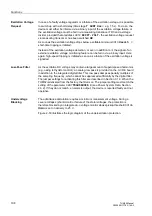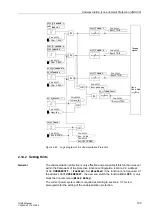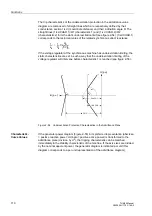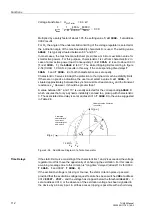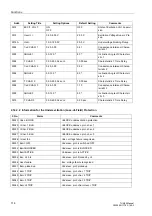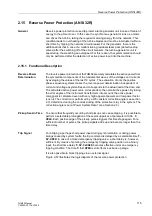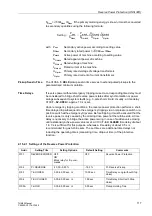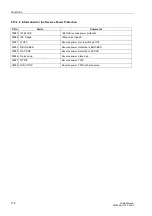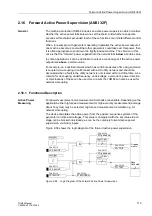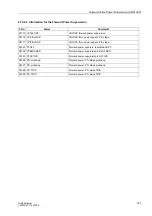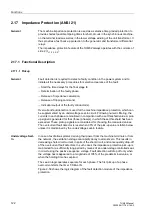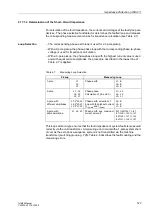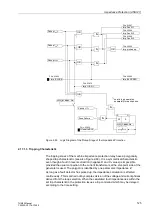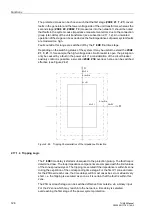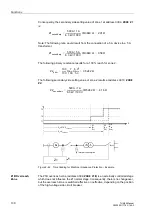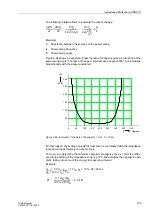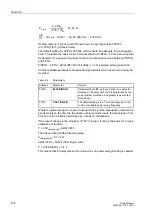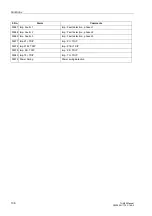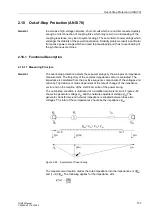
Functions
122
7UM62 Manual
C53000-G1176-C149-3
2.17
Impedance Protection (ANSI 21)
General
The machine impedance protection is used as a selective time graded protection to
provide shortest possible tripping times for short-circuits in the synchronous machine,
on the terminal leads as well as in the lower voltage winding of the unit transformer. It
thus provides a fast back-up protection to the generator and transformer differential
relays.
The impedance protection feature of the 7UM62 always operates with the currents of
side 2 (
I
L1, 2 ,3; S2
).
2.17.1 Functional Description
2.17.1.1 Pickup
General
Fault detection is required to detect a faulty condition in the power system and to
initiate all the necessary procedures for selective clearance of the fault:
−
Start the time delays for the final stage t3,
−
Determination of the faulty phase
−
Release of impedance calculation,
−
Release of tripping command,
−
Indication/output of the faulty conductor(s).
Overcurrent fault detection is used for the machine impedance protection, which can
be supplemented by an undervoltage seal-in circuit. Following numeric filtering, the
currents in each phase are monitored in comparison with a set threshold value. A pick-
up signal is generated for that (those) phase(s) in which the set threshold has been
exceeded. These pickup signals are considered for choosing the measured values.
The overcurrent fault detector is reset when 95% of the pick-up value is fallen below
unless it is maintained by the undervoltage seal-in feature.
Undervoltage Seal-
In
In case of excitation systems deriving their power from the machine terminals or from
the network, the excitation voltage can rapidly decay to almost zero. This results in
decreasing short-circuit current, in spite of the short-circuit, and consequently drop-off
of the overcurrent fault detectors. In such cases the impedance protection pick-up is
maintained for a sufficiently long period by means of an undervoltage controlled seal-
in circuit using the positive sequence voltage. Fault detection will drop off only when
the voltage has reappeared to a magnitude of 105% of the predetermined value, or
when the holding time has expired.
The seal-in logic operates separate for each phase. The first pickup of a phase
overcurrent starts the timer T-SEAL-IN.
Figure 2-59 shows the logic diagram of the fault detection module of the impedance
protection.

